CPC Grant Project Updates
Applied Plant Conservation Course
Development is currently underway for the creation of a brand-new, online Applied Plant Conservation course that will train our current and future botanical workforce in the best practices of rare plant stewardship and conservation. Partial funding for course modules has been generously provided by the Bureau of Land Management Offices of California, Colorado, and Nevada. The result will be a dynamic, video-based course featured on the Rare Plant Academy covering topics ranging from rare plant genetics and reintroductions to seed collections, exceptional species, and much more. CPC National Office staff are pleased to be collaborating with partners throughout our network to develop and teach course content.
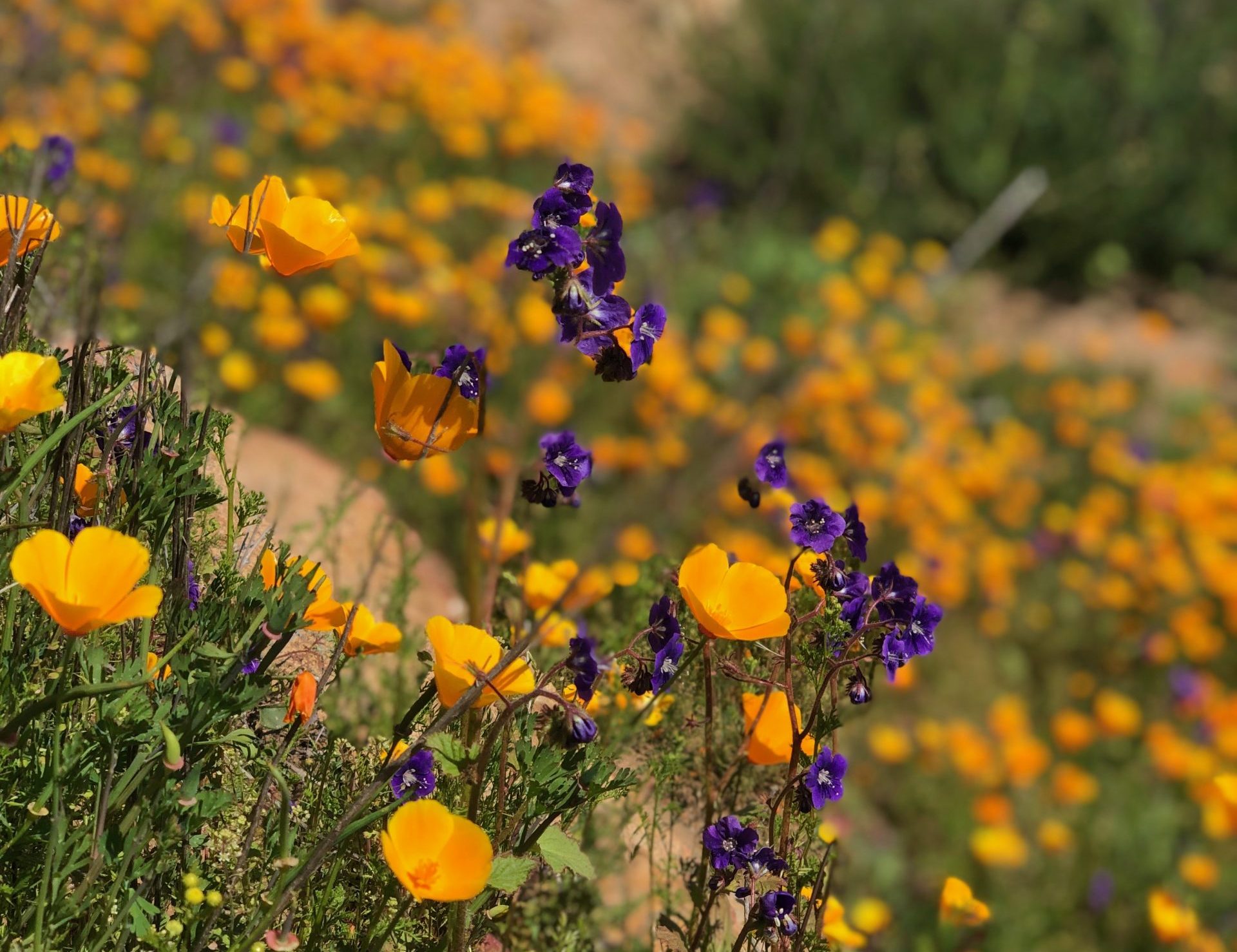
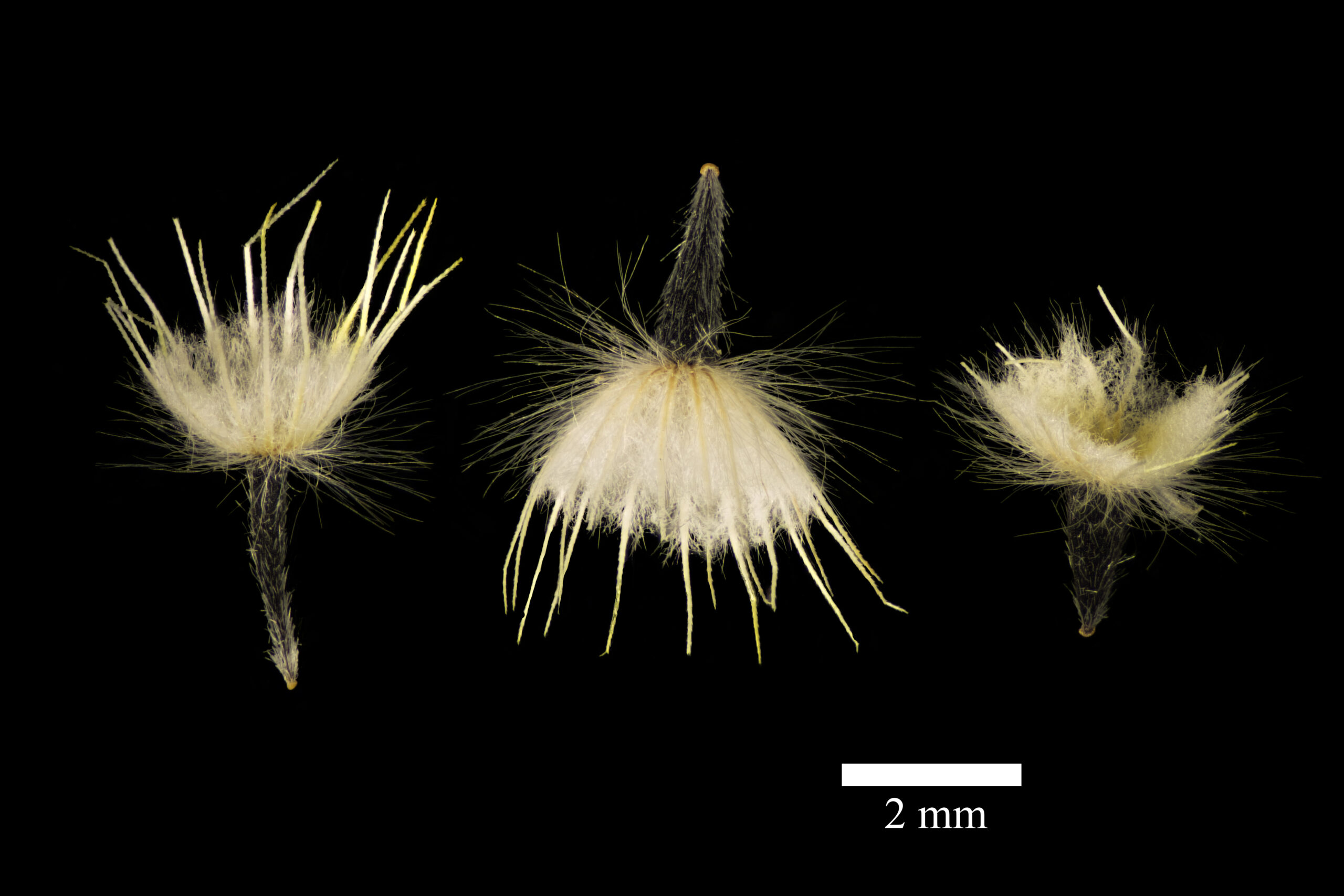
RIN Seed Longevity Study
This year marked the launch of CPC’s nationwide research project evaluating the longevity of rare and endangered plant species seeds in conservation seed banks. The CPC National Office awarded seed collections funding to 23 Participating Institutions who recollect seed from 115 populations of rare plants held in long term storage for 15 years or more. Our collaborators at the National Laboratory for Genetic Resources Preservation will evaluate how the viability of these seeds has declined over time, using both traditional measure (germination) and a new biophysical proxy of seed health, RNA integrity.
-
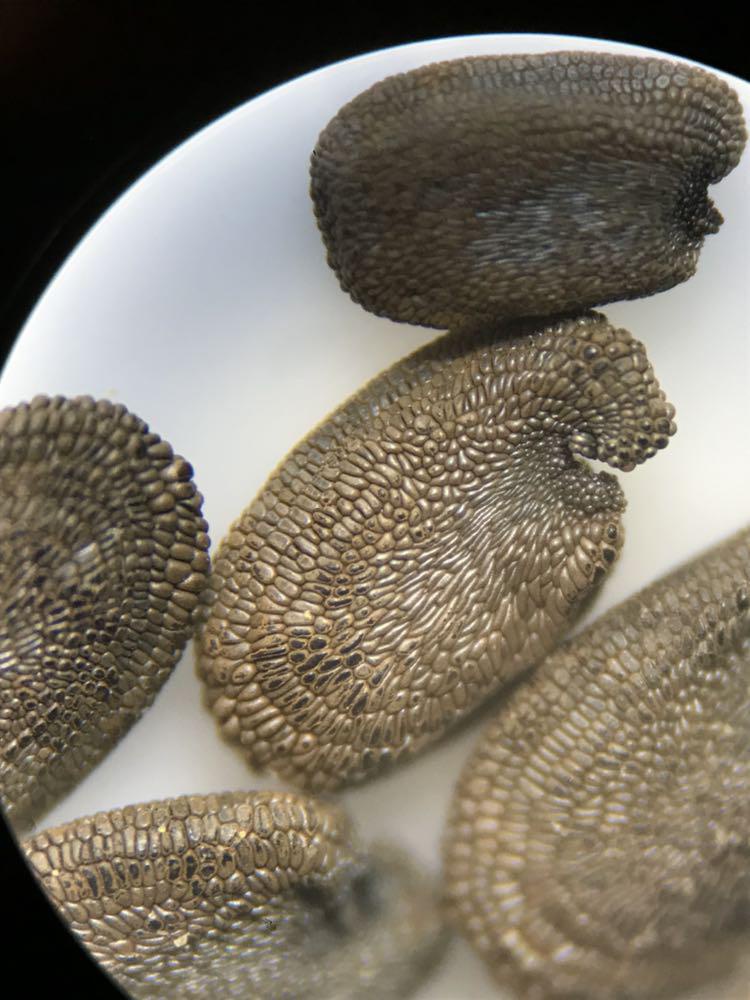
Scott Mountain sandwort, Sabulina stonlonifera seed, collected for California Plant Rescue. Photo by Angela Pai. -
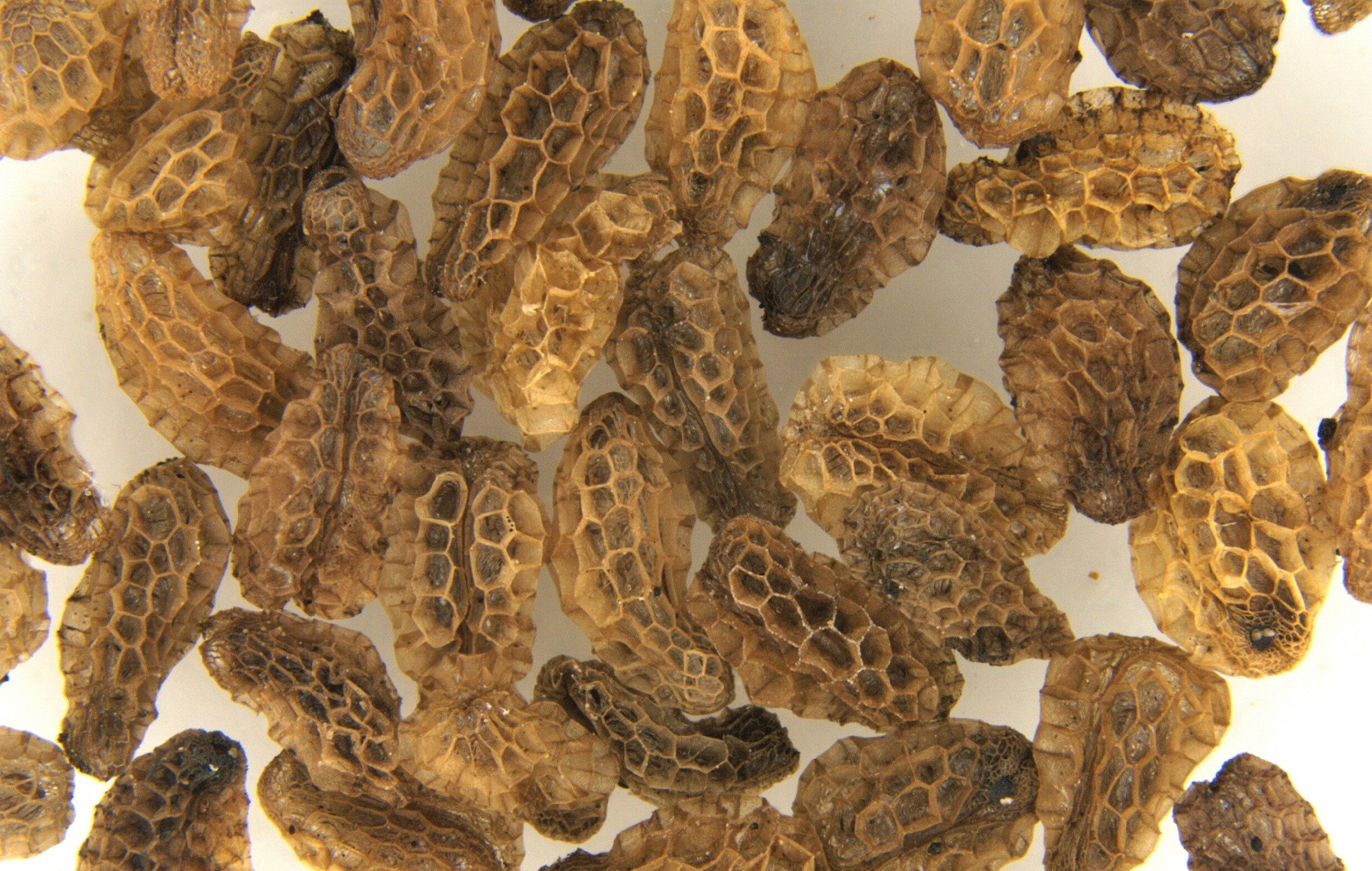
CaPR partners have been collecting seed from California’s rarest species, such as soft-leaved indian paintbrush (Castilleja mollis) since forming. The accumulated expertise will be what allows the group to push forward in their collecting endeavors to conserve as many of the rare taxa as possible over the next five years. Photo credit: Christine Pang, courtesy of Santa Barbara Botanical Garden. -
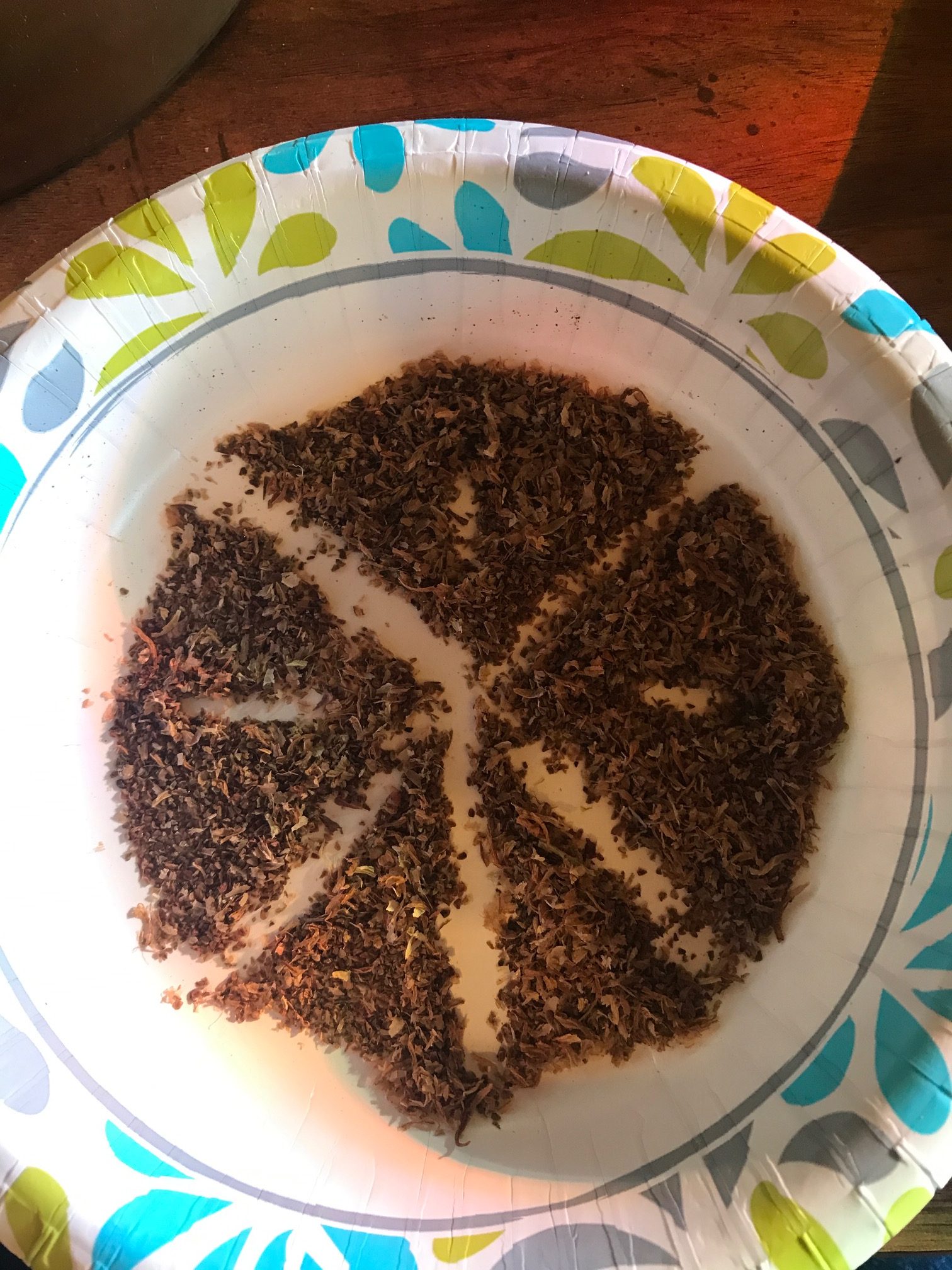
Seeds of Castilleja kaibabensis. Photo by Sheila Murray, courtesy of the Institution The Arboretum at Flagstaff.